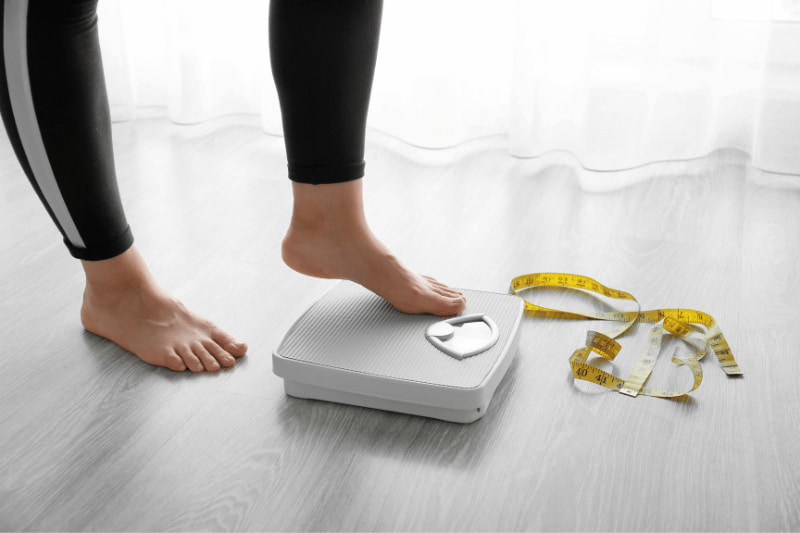تحقيق الجودة في الصحة والجمال!


If you’re struggling with weight loss and looking for an alternative to invasive surgical procedures, the Gastric Balloon might be the answer you’ve been searching for. This innovative non-surgical method has become increasingly popular in recent times due to its effectiveness and minimal invasiveness. By inserting a soft, expandable balloon into the stomach, the Gastric Balloon helps patients feel full and satiated with smaller portions of food, leading to weight loss.
The Gastric Balloon is designed to be a temporary solution to assist patients in their weight loss journey. The procedure is typically performed by a qualified healthcare professional, and it involves the following steps:
1. Anesthesia and Endoscopy: The patient is administered mild sedation or local anesthesia to ensure comfort during the procedure. An endoscope, a thin, flexible tube with a camera, is then inserted through the mouth and into the stomach.
2. Placement of the Balloon: The deflated Gastric Balloon is carefully guided down the esophagus and into the stomach using the endoscope. Once in place, the balloon is filled with a sterile saline solution, expanding to occupy a significant portion of the stomach.
3. Adjustment and Confirmation: The healthcare professional ensures that the balloon is correctly positioned and inflated before removing the endoscope. The whole process usually takes about 20 to 30 minutes.
The Gastric Balloon offers several advantages that make it an attractive option for individuals seeking a non-surgical approach to weight loss:
– Non-Surgical and Minimally Invasive: Unlike traditional weight loss surgeries, the Gastric Balloon procedure does not involve any incisions, reducing the risk of complications and promoting faster recovery.
– Temporary Solution: The balloon is typically left in the stomach for a maximum of six months. This makes the Gastric Balloon a viable option for those who are not ready for a long-term commitment to surgical weight loss procedures.
– Effective Weight Loss: Patients can expect significant weight loss during the time the balloon is in place, with some individuals losing up to 15-20% of their excess body weight.
– No Intestinal Bypass: The procedure does not involve any alteration to the digestive system, preserving normal digestion and nutrient absorption.
While the Gastric Balloon is generally considered safe, there are some potential risks and considerations to be aware of:
– Nausea and Vomiting: Some patients may experience mild nausea and vomiting during the first few days after balloon placement. This usually subsides as the body adjusts to the presence of the balloon.
– Balloon Deflation or Migration: In rare cases, the balloon may deflate or migrate, requiring medical intervention or removal.
– Infection and Perforation: Although uncommon, there is a slight risk of infection or stomach perforation during the placement procedure.
– Limited Weight Loss Period: The Gastric Balloon is a temporary solution, and its effectiveness diminishes after removal. Patients must be committed to adopting healthier lifestyle habits for long-term success.
A: The Gastric Balloon is generally recommended for individuals who have a body mass index (BMI) between 30 and 40 and have not achieved significant weight loss through diet and exercise alone. Candidates should also be committed to making lifestyle changes to support their weight loss journey.
A: The Gastric Balloon is typically left in the stomach for a maximum of six months. After this period, it is removed in a similar endoscopic procedure.
A: No, the placement of the Gastric Balloon is not painful as it is performed under mild sedation or local anesthesia. Patients may experience some discomfort or a sore throat after the procedure, but this is temporary.
A: While the Gastric Balloon is in place, patients are advised to follow a modified diet, including small, nutrient-dense meals. The balloon limits the stomach’s capacity, so it’s essential to focus on high-quality, protein-rich foods.
A: The long-term success of the Gastric Balloon depends on the patient’s commitment to maintaining a healthy lifestyle. While some weight regain is possible after the balloon is removed, adopting healthier habits can help maintain weight loss.
A: Yes, there are other non-surgical and surgical options for weight loss, including gastric sleeve surgery, gastric banding, and lifestyle modifications. The right choice depends on individual health, preferences, and goals.
The Gastric Balloon is a valuable tool in the fight against obesity and can offer significant weight loss results without the need for surgery. As with any medical procedure, it’s crucial to consult with a qualified healthcare professional to determine if the Gastric Balloon is the right option for your unique situation. Remember that long-term success requires dedication to a healthy lifestyle and ongoing support.
Removal of Gastric Balloon - Aesthecenter Find Best Clinic for You
October 9, 2023 at 3:57 pm[…] of Gastric Balloon […]
Benefits of Gastric Balloon: A Comprehensive Guide - Aesthecenter Find Best Clinic for You
October 9, 2023 at 3:45 pm[…] Benefits of Gastric Balloon […]
Gastric Botox - Aesthetic Center
July 17, 2023 at 11:22 am[…] the quest for effective weight loss solutions, medical advancements have introduced various procedures to help individuals achieve their desired […]